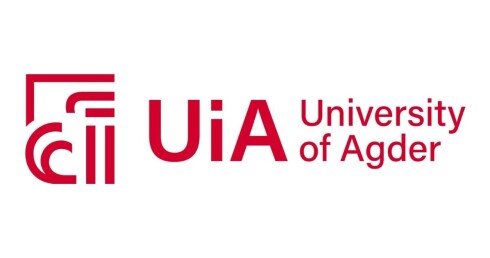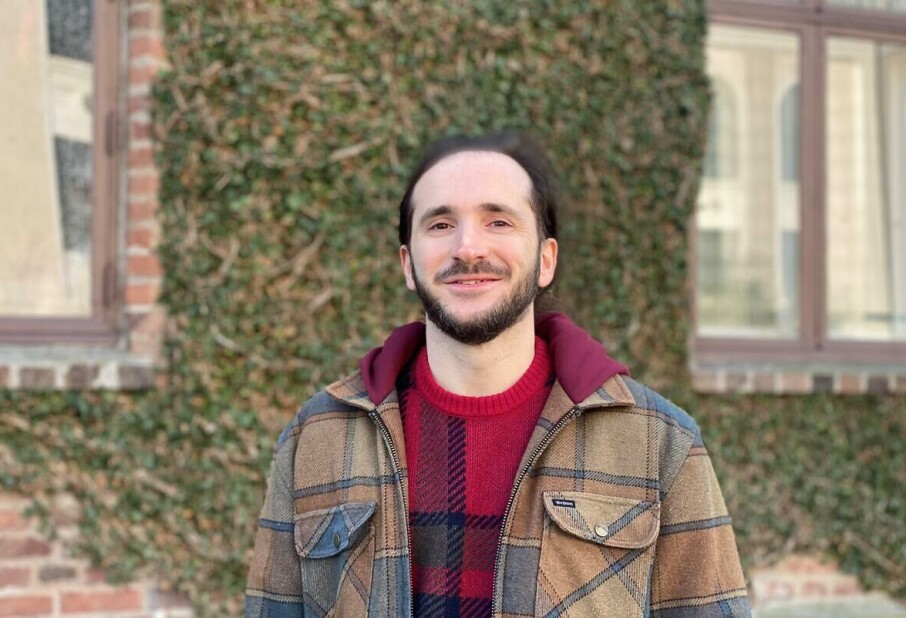THIS CONTENT IS BROUGHT TO YOU BY THE University of Agder - read more
This can make life easier for new maths teachers
"Newly qualified teachers get a head start when they begin teaching in schools," says researcher.

Teacher education is often criticised for being too theoretical. Many students feel unprepared for the practical side of teaching when they enter schools.
They now receive this at the University of Agder (UiA) through Amalie Sødal's teaching.
She researches teaching methods in mathematics and recently completed her doctorate with a thesis on teaching maths.
Resource bank
“All teachers gradually develop a resource bank for various subjects they teach. With this programme, students get a range of different methods for teaching pupils maths from day one as teachers,” says Sødal.
The resource bank is a collection of various tasks, activities, reflections, and thoughts about learning and teaching maths.
It also includes tips on research literature that offers practical advice for good lessons.
“The resource bank should help with the transition from student to teacher, from one's own learning to teaching and instructing others,” says Sødal.
Ownership of teaching
The researcher hasn't created one resource bank for all students; the students have created their own collections of resources – under Sødal's guidance.

She says it's rather useless to inherit teaching plans from others.
“You can learn from others and let yourself be inspired, but teaching becomes best when you think through the details and the bigger picture yourself from the ground up. This way you get ownership of the teaching. You get the material under your skin and become more confident when you teach,” she says.
The students have therefore decided for themselves what to include in their resource banks. They have formulated how the various teaching and learning approaches can be used in schools. Additionally, they have written down which theories and sources support these methods.
“A resource bank shouldn't just be a collection with many tips. It should be personal resources that reflect back to the teachers and their thoughts about mathematics,” says Sødal.
Building a bridge between theory and practice
Sødal worked with seven students. They each developed their own resource bank over one year.
The results show that the resource bank can build a bridge between theory and practice and improve teaching. Sødal highlights three benefits of working this way:
- Self-insight and self-confidence: Students discover how they think about teaching mathematics, how they can use this in practice and become more confident in the classroom.
- Testing and adjustment: Different ways of teaching are tried and adjusted along the way when students are on placement at a school.
- Theory and practice: The resource bank teaches students how they can use various theories to support different methods and activities in teaching.
Feel professional
“After students have worked with the resource bank for a whole year, they're left with a sense of professionalism. They feel they master the field, and that they've gained useful tools and a certain authority as maths teachers,” says Sødal.
The students themselves have expressed the following about the resource bank:
- Josefine: I wish this had been introduced earlier in teacher training as I think there are several good tasks I've forgotten since it's been a while.
- Henning: I feel a bit more professional having the resource bank and a bit more ready for various maths lessons that might come.
- Gustav: I like how it feels to have the resource bank. I like that I feel the tasks I choose are well thought out; it gives a sense of security and professionalism.
- Oda: I've become a bit better equipped for what awaits when starting to work – like having some aces up my sleeve.
Part of the education
The resource bank is now part of the teacher education programme at UiA. Sødal encourages students to create their own teaching plans and note down experiences along the way.
“With the resource bank, teacher students get a head start, with a good collection of advice about teaching mathematics from year one to upper secondary. It's easier to facilitate good and varied teaching when you have broad competence about mathematics and different ways to teach. Such a resource bank can make the transition from student to teacher smoother,” says Sødal.
Reference:
Amalie Sødal: A Resource Approach to Mathematics Teacher Education. Doctoral thesis, University of Agder, 2025.

This content is paid for and presented by the University of Agder
This content is created by the University of Agder's communication staff, who use this platform to communicate science and share results from research with the public. The University of Agder is one of more than 80 owners of ScienceNorway.no. Read more here.
More content from the University of Agder:
-
Norwegian women were burned at the stake here
-
Ticks can spread more than just Lyme disease and TBE virus
-
Fish help the ocean store carbon
-
New study: Early interventions against childhood obesity show no effect
-
Researchers call for better protection of Europe's last flat oysters
-
Discrimination is bad for your health




































